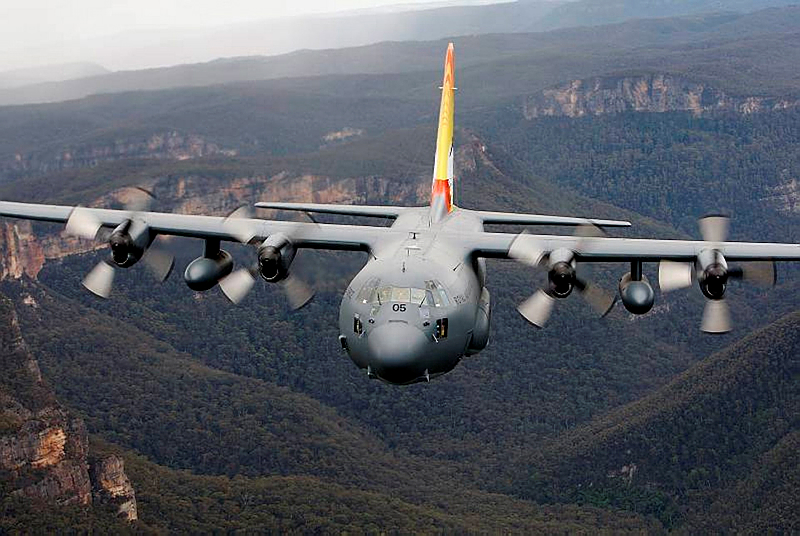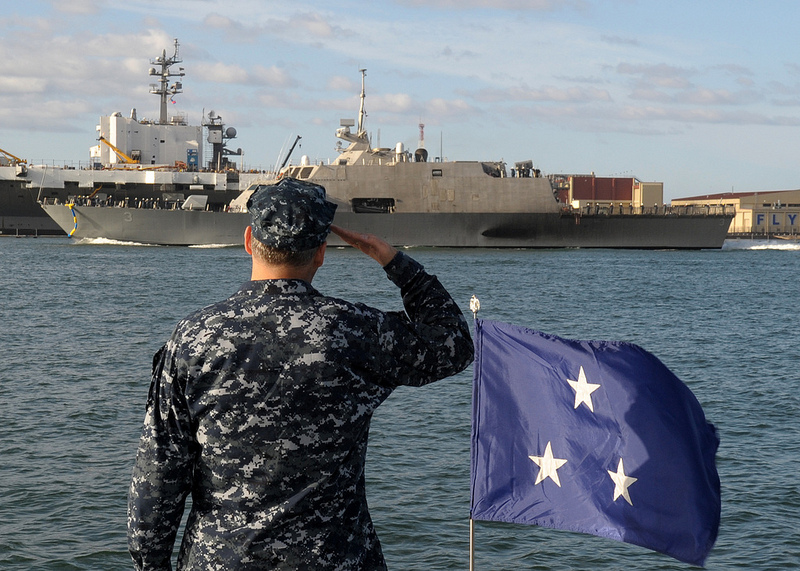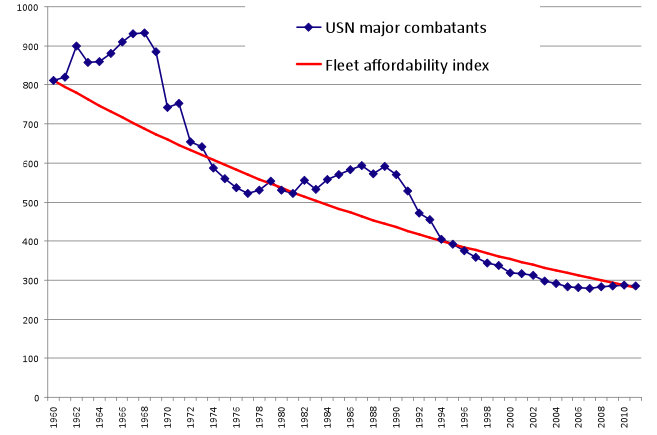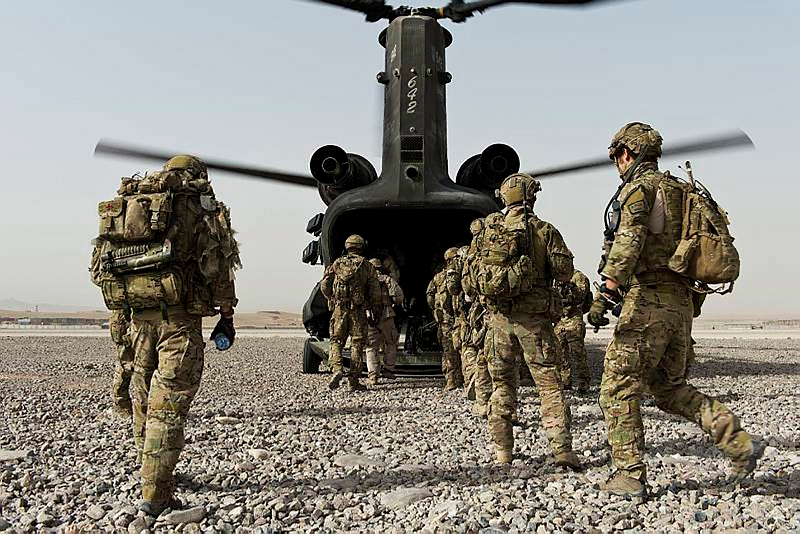Challenges for South Korea’s new president
Ms Park Geun-hye, a conservative leader, was elected as South Korea’s new president in a general election last month and is due to take office in a few days’ time. And, while Northeast Asia may seem outside Australia’s field of direct security focus, South Korea is nevertheless going to be an important partner for Australia, as flagged in the Asian Century White Paper and the newly released National Security Strategy. Park has been known in the past for a tough stance on North Korea, having demanded a formal apology from the North for former acts of aggression and once rejected the idea of holding talks with the North ‘just for the sake of having a meeting’. While she won by a narrow margin of just 3.5%, the win signalled that perhaps the majority of South Koreans would prefer a harder-line security and defence policy to manage the North Korean threat and address rising tensions with Japan. There’s no doubt that Park has her work cut out for her with those issues while guiding South Korea through a potentially turbulent period as China and the United States increasingly vie for influence in North Asia and beyond.
Some analysts believe that Park will try to walk a middle ground between the hostile and conciliatory approaches towards North Korea of former governments, and will attempt to blend elements of both. So far, Park has opened dialogue with the North and agreed to continue providing food and medical aid. But she’s also said that North Korea’s nuclear threats ‘will not be tolerated’. So, she’s tougher than Moon who lost the race for the Presidency, but she’s not so tough that she won’t continue dialogue and aid. We’re yet to see whether Park will be effective in reigning in Northern aggression—in response to recent tightening of existing sanctions by the UNSC, the North has threatened to conduct further missile tests as well as a third nuclear weapon test. How Park reacts to a third nuclear test will be a test of her character and her policy. Read more









